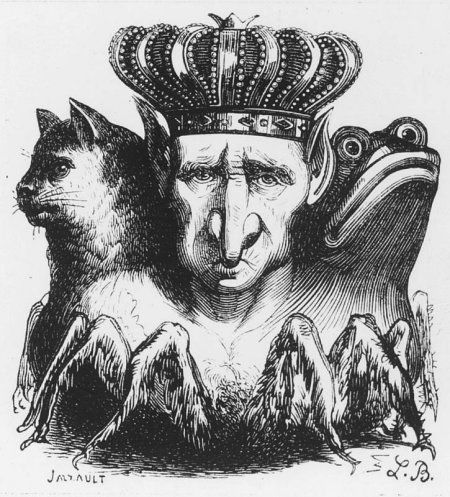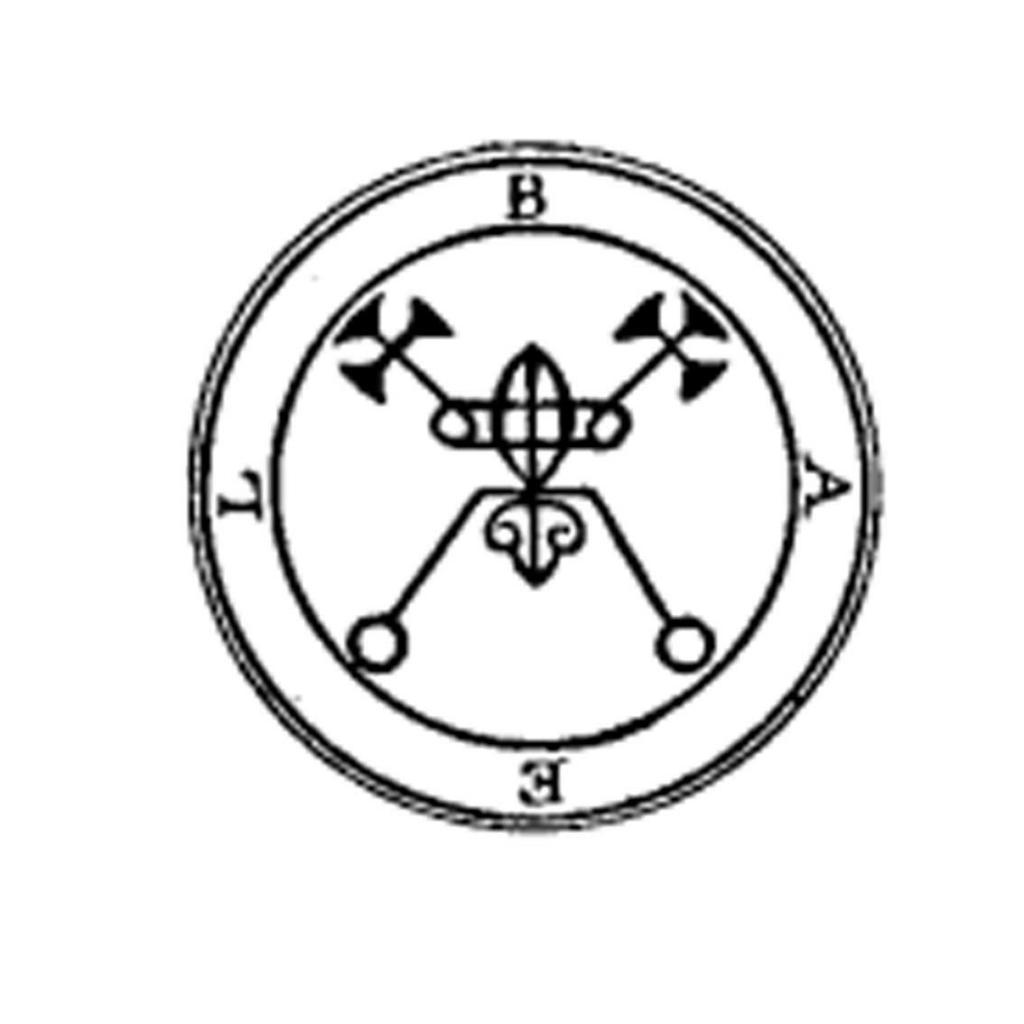Date of Establishment & History
The land Bayview sits on was purchased by the City of Whatcom in 1887 with the plans to form a proper cemetery. Bayview Cemetery was founded in 1887 in Whatcom Country, it’s first burial took place in 1888. These bodies were located on the southwest grounds, and is now known as “dead man’s point”. Bayview officially opened in 1889, and as it expanded acreage Bayview began to take bodies from other smaller cemeteries from outlying areas. Originally records were handwriting, but in 2017 the city transcribed the records onto a computer database.
Name & Location
The cemetery began as “Whatcom City Cemetery” but in 1902 the name changed to “Bay View Cemetery”. Shortly after the two words were merged into its final name of “Bayview Cemetery” that we know today. Within the grounds, there is a small area named “Deadman’s Point” which holds 64 bodies reinterred from Fairhaven graveyard in 1889. Located on Woburn Street in Bellingham, Whatcom County, Washington this cemetery is still active. If you visit please be sure to not only be respectful to staff and the grounds but the families and visitors as well. You must be guided when visiting the grounds, to ensure the preservation of this famed cemetery.
These grounds hold some major names in Whatcom history, as well as Civil War veterans, and other famed people outside of Bellingham’s limits. Some of the major pioneering families include the Roeder & Eldridge families who started the first lumber mills. The Donovan & Bloedel partners who were in the lumber, coal, and railways within the state. As well as the Padden, Morse, Hovander, and Deming families who hold fame in Washington. Two good-old-boys bringing some bad boy style to the mix is infamous smuggler and train robbers John “Cowboy Jake” Terry, and “The Grey Fox” Bill Miner. Outside of the Washington state group some individuals claimed their fame across America. This includes the poet Laureate Ella Higginson who also designed her granite bench and tombstone. As well as Charge of the Light Brigade survivor Captain Grahame, and Corporal Matthew Bickford Civil War veteran. Bayview also holds a few notable politicians from Washington and California states.
Bayview Cemetery is also home to victims of the historic tragedy, Wade King & Stephen Tsiorvas rest hereafter the 1999 Olympic Pipeline Explosion. The Blue Canyon Mine commemorates 23 miners from the deadly 1895 explosion with a monument. This was one of the worst recorded mining explosions inf Washington’s history to this day. Bayview is committed to paying full respects to these two best-known graves and asks all visitors do the same.
Physicals Description
Bayview Cemetery sits on a total of 234 acres of beautiful land that holds graves, tombs, and monuments for countless past and resting souls. The grounds are vibrant with foliage across the landscape, with over 60 distinct tree species, including a century-old birch tree. Walking through Bayview Cemetery is like looking back at the pioneering families of Bellingham, as well as Washington’s history. Commonly named Veteran’s Plaza commemorates over 200 Civil War veterans, as well as a few from other wars, with its vast brick sculpture engraved “Peace through Strength’’. The markers of Veteran’s Plaza are adorned with various flags flying in the wind, as their resting memory lives on with us today. When the 19th-century Bellingham Cemetery reinterred bodies to Bayview, some of the headstones and markers were too encroached in foliage to recover. To commemorate bodies and headstones, the Mount Cavalry Cemetery monument was built and still stands to this day. The cemetery’s office sits nestled between three flower garden plots; the Foundation Cremation Garden, Mothers Memorial Cremation Garden, and the Babyland Children’s Garden. The northeastern gate will lead you toward the private cemetery of Beth Israel. Toward the south the Bayview Abbey mausoleum servers as the resting place of the Hovanders, Morses, and Demings. Each corner of these grounds is blessed with nature’s beauty and grace as Bayview continues to grow and add new plots.
There are a few monuments known for their paranormal beauty, rather than its external decorative flairs. The first is the “Death Bed” monument which is also known as the Gaudette tomb. This Greek Parthenon-style tomb resembles a small-scale temple. The columns hold up the top of the monument forming the said “bed” which has traditional leaf branch engravements across it, as well as the family’s name.
The “Angel Eyes” monument was made by Northwest Granite and Marble Works and bares the Bland family name. This Parthenon-inspired sculpture is engraved with “Gaudette” in the Section O and stands over the family tomb in a flowing gown and resting wings.
Origin
The myth of ‘’the death bed’’ surrounds the tomb of Edmund L. Gaudette (1916) and his first wife (1910) who both died of medical illnesses. The other side of the tomb is empty as Edmund’s second wife was buried in Seattle rather than at Bayview Cemetery. This empty side of the tomb is what is said to drain/steal the years off visitor’s lives and is even rumored to kill. Many thrill-seeks attempt to test this myth to this day, only to be looking around the corner for years to come.
The “Angel Eyes” monument is located near the western side of the grounds under an oak & maple grove. At the foot of Angel Eyes lays William H. Bland as well as his two wives, and various family members. The Bland family was one of the earliest pioneer families in Bellingham’s early years. The statue stand tribute to his first wife, Hattie L. Bland, who died in 1910 in the tuberculosis epidemic. It is said the Great Depression totaled out the Bland family estate and holdings, leaving William troubled. He fell ill on top of the financial overburden he committed suicide in the Whatcom Courthouse’s basement in 1936.
Mythology & Lore
These grounds hold so serious paranormal punch from its apparitions to its monuments. One legend surrounds the monument known as ‘’Angel Eyes’’ which to seep blood from its eyes on the full moon. This angel is also reported to have glowing eyes during the night hours when the spirits are active in the tomb below. Another well know myth holding monument is ‘’the death bed’’ which claims the lives of those who dare to lay on the top of the empty side of the tomb. There are also minor reports this monument can steal years of your life and or possibly cause fatal accidents. However, there are more reports of healthy people who attempted this myth as a teen for nothing to happen. Rather than scores of people being dropped by a nap on the wrong tomb. Some thrill-seekers did have paranormal experiences with the tomb however, some reported a sinking feeling while laying on it, others claimed to be grabbed or pushed off the tomb, and lastly the feeling of being watched as leaving from the tomb.
These grounds also have several unknown apparitions floating around and roaming as they please. There are a few “hot spots” that call attention to paranormal seekers. Server paranormal EVP’s have picked up voices and bits of information from unknown spirits around the cemetery. Several personal reports claim to experience the feeling of being touch, poked, bumped, and even breathed upon while exploring the grounds. Many shadowy figures and strange unknown noises seem to surround you as well while visiting. This, however, does not prevent locals from enjoying Halloween tours though-out the cemetery, as it is Bellingham’s only remaining cemetery. All visitors are asked to make an appointment or check-in with the office before visiting the cemetery and its grounds. As well as maintain respect for other visitors, all monuments, and resting persons.
Modern Pop-Culture
Books
Index
- Washington Haunted Houses
- Find A Grave
- Interment.net Cemetery Records
- Komo News
- Bigfoot UFO Mysterious Paranormal Seekers (B.U.M.P.S)
- Haunted Places
- Western Front Online
- Whatcom Talk
Is there anything we missed about Bayview Cemetery? Tell us about it in the comments below!



